"From the dungeon to the block
From the scaffold to the grave
The journey many gallant hearts have taken" The Yeomen of the Guard, Sir William Gilbert
The victims of the Tower have varied between some guilty men, such as Guy Fawkes, who tried to blow up the king, and whose screams were said to have been heard in his cell for months after his execution at Tyburn, to Saints Thomas More and Cardinal John Fisher, martyred for their Catholic faith. Catholic cardinals wear red as a sign that they are willing to shed their blood for the faith, but Fisher was the only one called to make good on this commitment.They and Margaret Pole were the best known martyrs of the Tower. Their ghosts are not seen, as we presume that they are with God. There have been very few sightings of children, and while some claim that the "princes in the Tower" have been seen, these sightings are rare, for they were too young for serious guilt.
There were other brave souls. Several were Catholic martyrs.Blessed Thomas Abel, chaplain to Henry's wronged queen Catharine of Aragon was one. Saint Richard Whiting, abbot of Glastonbury, who was arrested in Henry's time on dubious charges and was later returned to Glastonbury, where he was hanged on Glastonbury Tor with two of his faithful monks, was another. St Henry Walpole also trod the same red path. Jesuit priests John Gerard and William Wright were also held for a while. Non-religious heroes include Sir William Wallace, the Scottish patriot betrayed by some fellow Scots and cruelly executed by Edward the Third. Sir Roger Casement, the Irish patriot involved in rebelling against Britain in World War 1, was also held pending execution. None of these have been seen
There was one peculiar incident in 1817 when Edward Swift, keeper of the crown jewels, was dining with his family in his rooms in the Tower, which go with the job, when an apparition occurred. A short column of light which appeared to be a cylinder containing fluid that swirled round floated through the room and touched his wife as she dined. The woman was terrified, so Swift threw a chair, which passed through it. The apparition then disappeared,leaving the woman scared, but unscathed. No one can offer any explanation for this phenomenon. The sceptics, following their usual strategy of doubting the credibility of anyone but themselves, will of course brush it off as a lie or trick of the light, but why would Swift, a man who enjoyed a prestigious position under the crown,lie? Something inexplicable and frightening happened.
The Tower is at the centre of England's history.But being central does not make it a good or happy place, for much evil has occurred within its walls. Do lost souls wander its ancient precincts? Who knows, but Sir William Gilbert's comment on the Tower is apt,
"The screw may twist and the rack may turn
Men may bleed and men may burn." Yeomen of the Guard.
With this sombre observation, I conclude.
Sources:British Folklore, Myths and Legends, by Marc Alexander [available on Amazon UK, but not currently Amazon.com
www.paranormaldatabase.com





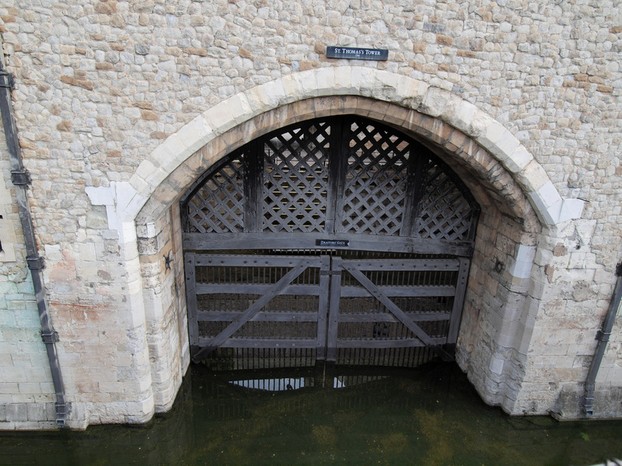


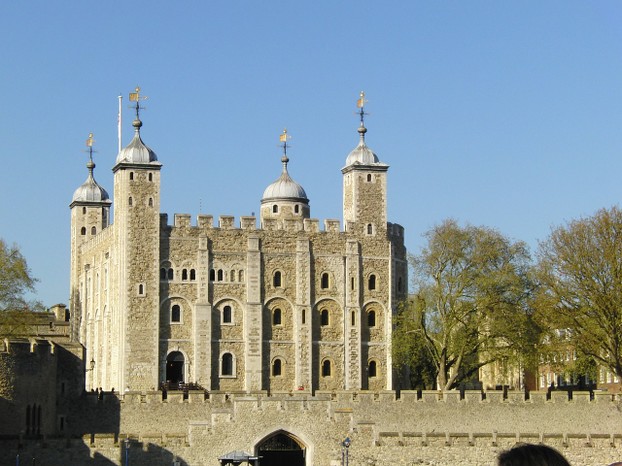

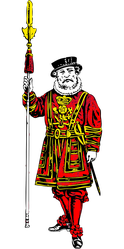

 Pilgrimage. A reviewon 06/15/2025
Pilgrimage. A reviewon 06/15/2025
 Leo the Fourteenthon 05/09/2025
Leo the Fourteenthon 05/09/2025
 The Melsonby Hoardon 03/25/2025
The Melsonby Hoardon 03/25/2025
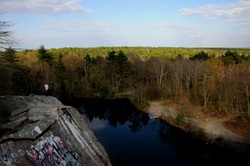
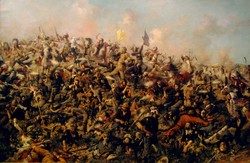
Comments
Bear skin hats are .now not worn. Artificial ones are worn by some ofbthe military
Thank you for your comment below in answer to my previous-day observation and question.
Are bear hats for hat-wearing -- ;-D -- money- and power-holders known because of extant artwork, literature or museum specimens?
They were affordable only by the rich.
Thank you for your comment below in answer to my previous observation and question.
Did bear hats appeal to anyone who afforded them or did they associate with certain socio-economic niches, such as peers and royals?
Hats, expensive ones.
Thank you for your comment below in answer to my previous observation and question.
Might bear fur have been made into clothing such as coats, rugs or wall hangings?
Fur, I think. But successfully hunting a bear wasva sporting achievement.
Thank you for your comment below in answer to my previous observation and question.
So the British Isles lack native grizzly and polar bears even as British Isles-ers perhaps liked brown-bear parts so much as to let hunting lead them to brown-bear extinction.
Was it the fur or the meat or the trophy parts, such as claws, that worked against brown-bear survival?
Insuppose drifting ice is a good explanation for the polar bear remains.
Thank you for your comment below in answer to my previous observation and question.
BBC online describes a polar-bear skull in the National Museum of Scotland in Edinburgh as found in 1927 in the Bone Caves at Inchnadamph. The article, Polar bear skull defies DNA test, by Steven McKenzie Feb. 16, 2009, hypothesizes the aforementioned skull as to a bear washed in there 18,000 years ago.
Other online sources mention icebergs sometimes, albeit rarely, floating to Ireland and icebergs with and without polar bears more commonly floating to Iceland.
Might icebergs and polar bears have been an ancienter phenomenon regarding Ireland in pre-global warming times?